As a subject for study, coding has a lot to offer. It’s a real-world skill that is already in high demand, and for which the possibilities are only growing. Essentially, for the majority of jobs, there is probably a way for the ability to code to help with that job. But did you know that learning to code can also help well before getting to the workplace?
Many of the lessons that coding teaches are skills that transfer well into the classroom! In almost every subject taught in school, there is at least one skill learned from coding that can help students excel.
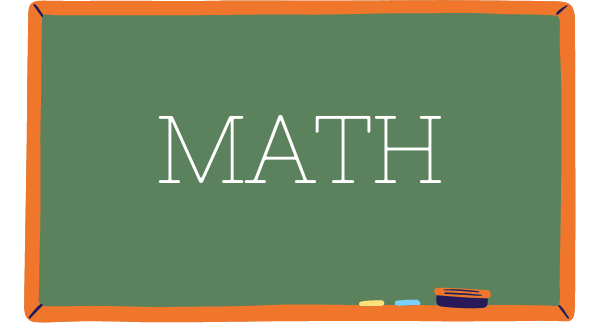
Math is probably one of the most obvious subjects where coding comes in handy. That’s because math is in itself a pretty large part of coding.
Coders need to understand mathematical concepts like variables and the operators that manipulate them. They need to understand logical expressions and how to use them to get their code to output what it should. And often, coders need to understand how coordinates function to use numbers to indicate a specific location.

Everybody loves learning about science facts! Interesting tidbits like the fact that table salt is made up of one atom of sodium (Na) and one atom of chlorine (Cl) makes for great trivia, but ultimately they fall to the wayside in favor of the real purpose of science classes, which is teaching kids how to organize and parse data.
Science is the class where tables and charts reign supreme, and interestingly enough, coders get quite a bit of practice using tables in their code. Since both coding and science are all about organizing information in useful ways, learning to code definitely helps students get a leg up in science courses.
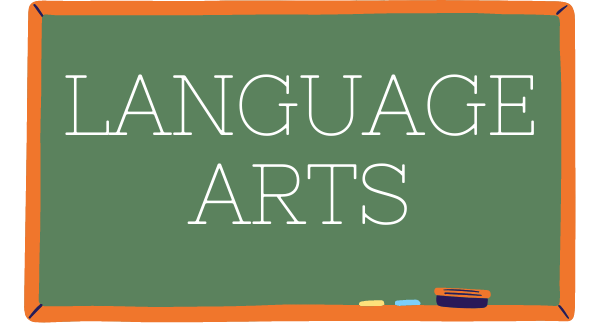
It might seem a bit surprising that learning to code can help with a topic as “non-computery” as Language Arts, but in truth, there are areas where the two subjects aren’t all that different.
One of those areas is the pursuit of clarity.
Clean code is good code, for a variety of reasons. When code is written clearly, it is easier to make changes when necessary, and succinct and clear code often will run quicker and with fewer errors. As such, learning to pay attention to the way code is written is an important skill for coders.
That attention to clarity transfers extremely well into Language Arts. In writing, just as in coding, making sure that your arguments are clearly worded and succinct is important for ensuring that your writing has the desired impact.
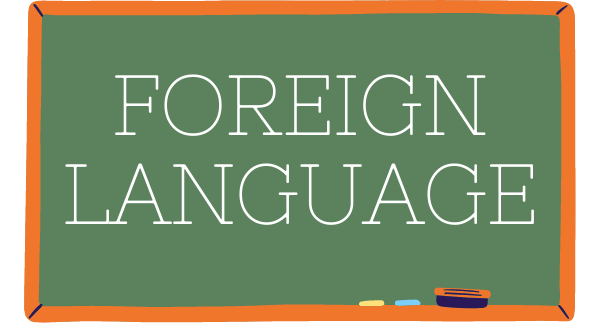
Learning to code is often compared to learning a foreign language, and for good reason! In both cases, it comes down to learning how to say what you want using the vocabulary and syntax of the language you’re learning. But the skill that transfers best is pattern recognition.
In large part, it’s about practicing the rules of the language, or the grammar. Though it might not always seem that way, those rules are fairly consistent, and part of many foreign language classes is diagramming out the different ways parts go together. Complete sentences get broken down into smaller chunks, like subjects and predicates. Grammar can be surprisingly technical!
Learning to code works in the same way. It’s paying close attention to how the different parts of the code work together to make a larger, cohesive whole. Without a doubt, the pattern recognition skills learned through coding are super helpful in learning a foreign language.
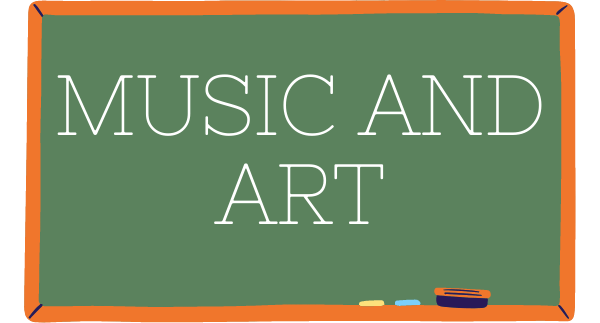
At first glance, coding and the arts don’t really seem to go together. Coding is often thought of as a purely technical skill, whereas arts, like music or painting, are considered to be more creative. But under the surface, the two subjects have more in common than it seems.
Coding, at its core, is an extremely creative activity. The lines of code being written are the coder’s paintbrush, with which they create their art, but coding itself is taking an idea and making it a reality. It’s about creating something new using the materials at hand, or, like a symphony, it can be taking pre-existing ideas and blending them together to make something new.
Learning to code stretches the same creative mental muscles, and gives students practice at coming up with new ways to look at things.
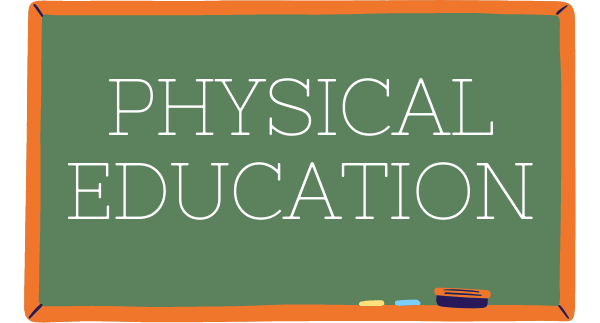
I’ll admit, running a program and running a mile aren’t that similar at all. But that doesn’t mean that learning to code can’t be helpful even in classes like P.E. That’s because there are things that coding can teach that aren’t actually about the code. It’s about character.
Ask any coder and they will tell you that there are times when coding can be tough. Sometimes things don’t work as planned, and you don’t know why. Whether it’s a simple typo in the code or a flaw in the logic itself, problems will often come up. In those moments, it can be really tempting to quit.
The debugging process can become a trial of persistence, and learning to push through the hard moments to achieve your goals. It’s just the sort of persistence that’s needed in gym class!
And really, this is just scratching the surface!
That’s because learning to code teaches much more than the code itself. It is a platform for learning soft skills that can carry over to so many other parts of life. Whether it’s practicing critical thinking skills or learning to persevere, coding helps kids to grow in ways that they may never have suspected.
Learn more about our online coding programs for elementary, middle, and high school students.
